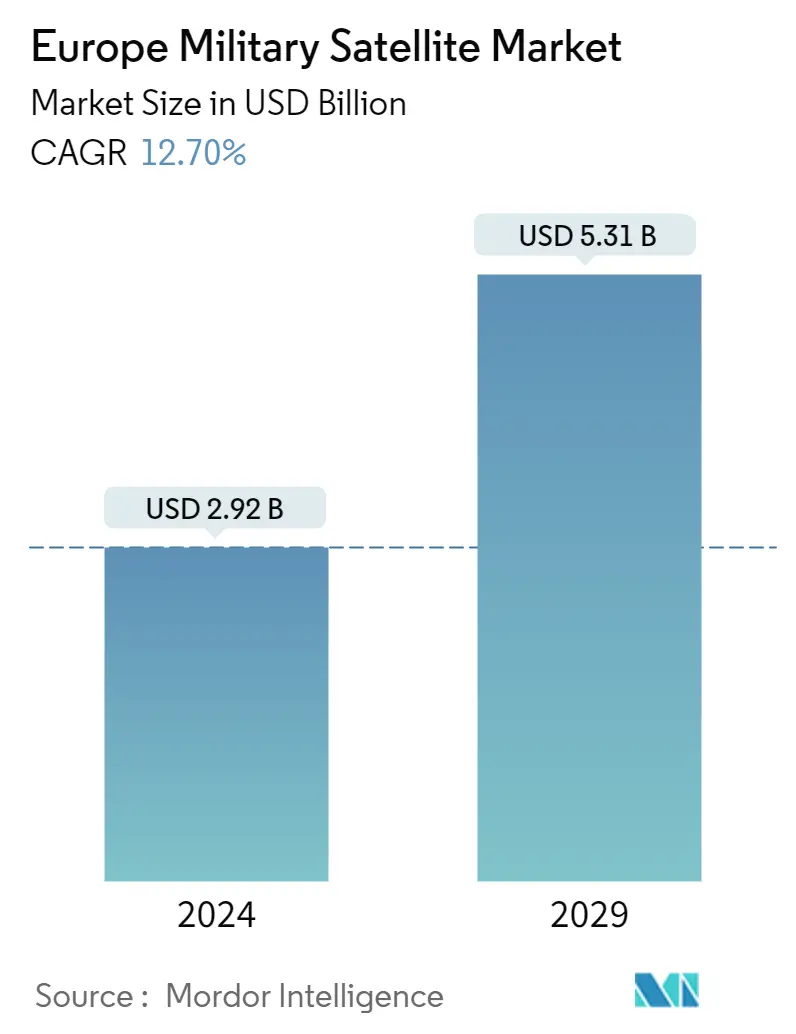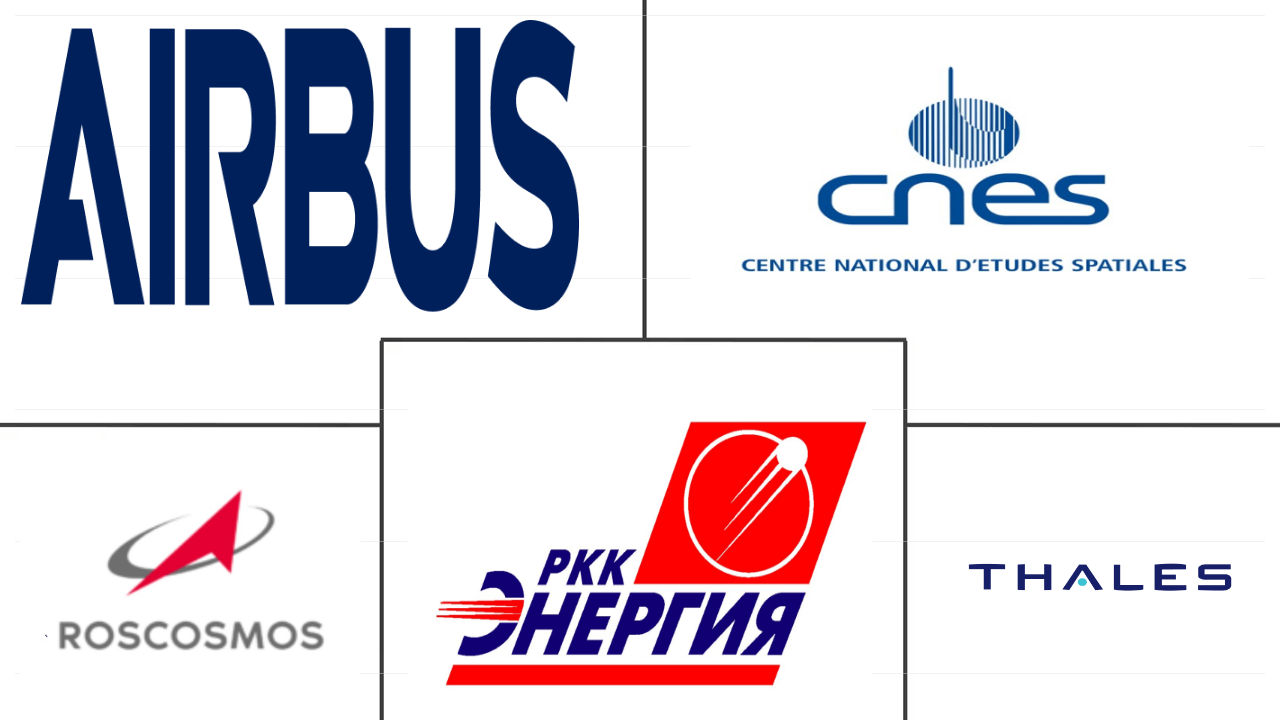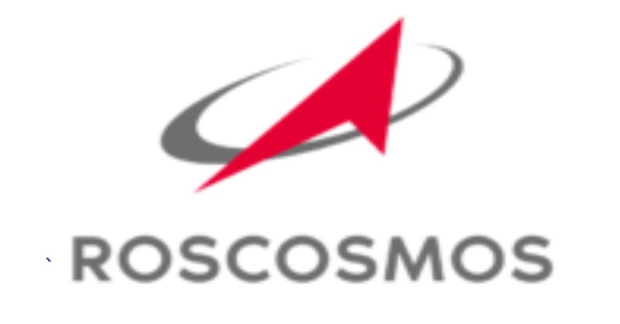Market Size of europe military satellite Industry

|
|
Study Period | 2017 - 2029 |
|
|
Market Size (2024) | USD 2.92 Billion |
|
|
Market Size (2029) | USD 5.31 Billion |
|
|
Largest Share by Orbit Class | LEO |
|
|
CAGR (2024 - 2029) | 12.70 % |
|
|
Largest Share by Country | United Kingdom |
Major Players |
||

|
||
|
*Disclaimer: Major Players sorted in no particular order |
Europe Military Satellite Market Analysis
The Europe Military Satellite Market size is estimated at USD 2.92 billion in 2024, and is expected to reach USD 5.31 billion by 2029, growing at a CAGR of 12.70% during the forecast period (2024-2029).
2.92 Billion
Market Size in 2024 (USD)
5.31 Billion
Market Size in 2029 (USD)
10.68 %
CAGR (2017-2023)
12.70 %
CAGR (2024-2029)
Largest Market by Satellite Mass
68.18 %
value share, above 1000kg, 2022
Large satellites have a higher demand owing to their applications, such as satellite radio, communications, remote sensing, planetary security, and weather forecasting.
Largest Market by Satellite Subsystem
80.28 %
value share, Propulsion Hardware and Propellant, 2022
The demand for these propulsion systems is driven by the launch of mass satellite constellations into space. They are used for transferring the spacecraft to the orbit.
Largest Market by Orbit Class
84.81 %
value share, LEO, 2022
LEO satellites are increasingly being adopted in modern communication technologies. These satellites serve an important role in Earth observation applications.
Largest Market by Application
83.28 %
value share, Earth Observation, 2022
Earth observation satellites are used for weather forecasting, forestry mapping, and pollution monitoring. The growing adoption of VAS by private companies and organizations is likely to fuel the growth of satellite-based Earth observation.
Leading Market Player
67.60 %
market share, ROSCOSMOS, 2022

Roscosmos, also known as Roscosmos State Corporation for Space Activities, designs and manufactures various military satellites. It is a major supplier for the Russian Ministry of Defense and Military Space Forces (VKS).
LEO satellites are driving the market's growth and occupies a significant share of 84% in 2029
- There is a growing need for secure and resilient communication systems to support military operations. European countries are investing in military satellite systems that offer enhanced encryption capabilities and protection against cyber threats. These systems ensure reliable and secure communication channels for command and control, intelligence gathering, and coordination among military forces.
- At launch, a satellite or spacecraft is usually placed in one of several special orbits around the Earth, or it can be launched during interplanetary travel. There are three types of Earth orbits, namely, geostationary orbit (GEO), medium Earth orbit, and low Earth orbit. Many weather and communications satellites tend to have high Earth orbits farthest from the surface. Medium Earth orbit satellites include navigational and specialized satellites that are designed to monitor a specific area. Most science satellites, including those, are in low Earth orbit.
- The different satellites manufactured and launched in this region have different applications. For instance, during 2017-2022, out of the 16 satellites manufactured and launched in MEO, most were built for navigation/global positioning purposes. Similarly, out of the 14 satellites in GEO, most were deployed for communication and Earth observation purposes. European organizations owned around 500+ LEO satellites that were manufactured and launched during the historical period.
- The growing use of satellites in areas such as electronic intelligence, Earth science/meteorology, laser imaging, electronic intelligence, optical imaging, and meteorology is expected to drive demand for space sensors in the European satellite launch vehicle market during the forecast period. During 2023-2029, the market is expected to surge by 104%.
Europe Military Satellite Industry Segmentation
10-100kg, 100-500kg, 500-1000kg, Below 10 Kg, above 1000kg are covered as segments by Satellite Mass. GEO, LEO, MEO are covered as segments by Orbit Class. Propulsion Hardware and Propellant, Satellite Bus & Subsystems, Solar Array & Power Hardware, Structures, Harness & Mechanisms are covered as segments by Satellite Subsystem. Communication, Earth Observation, Navigation, Space Observation, Others are covered as segments by Application.
- There is a growing need for secure and resilient communication systems to support military operations. European countries are investing in military satellite systems that offer enhanced encryption capabilities and protection against cyber threats. These systems ensure reliable and secure communication channels for command and control, intelligence gathering, and coordination among military forces.
- At launch, a satellite or spacecraft is usually placed in one of several special orbits around the Earth, or it can be launched during interplanetary travel. There are three types of Earth orbits, namely, geostationary orbit (GEO), medium Earth orbit, and low Earth orbit. Many weather and communications satellites tend to have high Earth orbits farthest from the surface. Medium Earth orbit satellites include navigational and specialized satellites that are designed to monitor a specific area. Most science satellites, including those, are in low Earth orbit.
- The different satellites manufactured and launched in this region have different applications. For instance, during 2017-2022, out of the 16 satellites manufactured and launched in MEO, most were built for navigation/global positioning purposes. Similarly, out of the 14 satellites in GEO, most were deployed for communication and Earth observation purposes. European organizations owned around 500+ LEO satellites that were manufactured and launched during the historical period.
- The growing use of satellites in areas such as electronic intelligence, Earth science/meteorology, laser imaging, electronic intelligence, optical imaging, and meteorology is expected to drive demand for space sensors in the European satellite launch vehicle market during the forecast period. During 2023-2029, the market is expected to surge by 104%.
| Satellite Mass | |
| 10-100kg | |
| 100-500kg | |
| 500-1000kg | |
| Below 10 Kg | |
| above 1000kg |
| Orbit Class | |
| GEO | |
| LEO | |
| MEO |
| Satellite Subsystem | |
| Propulsion Hardware and Propellant | |
| Satellite Bus & Subsystems | |
| Solar Array & Power Hardware | |
| Structures, Harness & Mechanisms |
| Application | |
| Communication | |
| Earth Observation | |
| Navigation | |
| Space Observation | |
| Others |
Europe Military Satellite Market Size Summary
The Europe Military Satellite Market is experiencing significant growth, driven by the increasing demand for secure and resilient communication systems to support military operations. European nations are investing heavily in military satellite systems that offer advanced encryption and protection against cyber threats, ensuring reliable communication channels for command, control, intelligence gathering, and coordination among military forces. The market is characterized by the deployment of satellites in various orbits, including geostationary, medium, and low Earth orbits, each serving different applications such as navigation, communication, and Earth observation. The use of satellites in electronic intelligence, Earth science, and meteorology is expected to further propel the demand for space sensors in the region. The development and launch of miniature satellites, leveraging advances in miniaturized electronics and packaging, are also contributing to the market's expansion by reducing launch costs and enhancing mission capabilities.
The demand for military satellites in Europe is primarily driven by countries like Germany, France, Russia, and the United Kingdom, which are leading in the manufacture of small satellites. Despite a decrease in launches over the past three years, the region holds substantial potential due to ongoing investments in startups and nano and microsatellite projects. Companies are adopting cost-effective production methods to meet the growing demand, resulting in the emergence of new market players. European countries are increasing their investments in space-related activities, such as Earth observation, satellite navigation, and connectivity, to maintain competitiveness in the global space industry. Notable investments include significant budget proposals by the European Space Agency and individual countries like France, Germany, and the UK, aimed at enhancing military capabilities and expanding satellite telecommunication infrastructure. The market is fairly consolidated, with major players like Airbus SE, Centre National D'études Spatiales, ROSCOSMOS, RSC Energia, and Thales dominating the landscape.
Europe Military Satellite Market Size - Table of Contents
-
1. MARKET SEGMENTATION (includes market size in Value in USD, Forecasts up to 2029 and analysis of growth prospects)
-
1.1 Satellite Mass
-
1.1.1 10-100kg
-
1.1.2 100-500kg
-
1.1.3 500-1000kg
-
1.1.4 Below 10 Kg
-
1.1.5 above 1000kg
-
-
1.2 Orbit Class
-
1.2.1 GEO
-
1.2.2 LEO
-
1.2.3 MEO
-
-
1.3 Satellite Subsystem
-
1.3.1 Propulsion Hardware and Propellant
-
1.3.2 Satellite Bus & Subsystems
-
1.3.3 Solar Array & Power Hardware
-
1.3.4 Structures, Harness & Mechanisms
-
-
1.4 Application
-
1.4.1 Communication
-
1.4.2 Earth Observation
-
1.4.3 Navigation
-
1.4.4 Space Observation
-
1.4.5 Others
-
-
Europe Military Satellite Market Size FAQs
How big is the Europe Military Satellite Market?
The Europe Military Satellite Market size is expected to reach USD 2.92 billion in 2024 and grow at a CAGR of 12.70% to reach USD 5.31 billion by 2029.
What is the current Europe Military Satellite Market size?
In 2024, the Europe Military Satellite Market size is expected to reach USD 2.92 billion.

